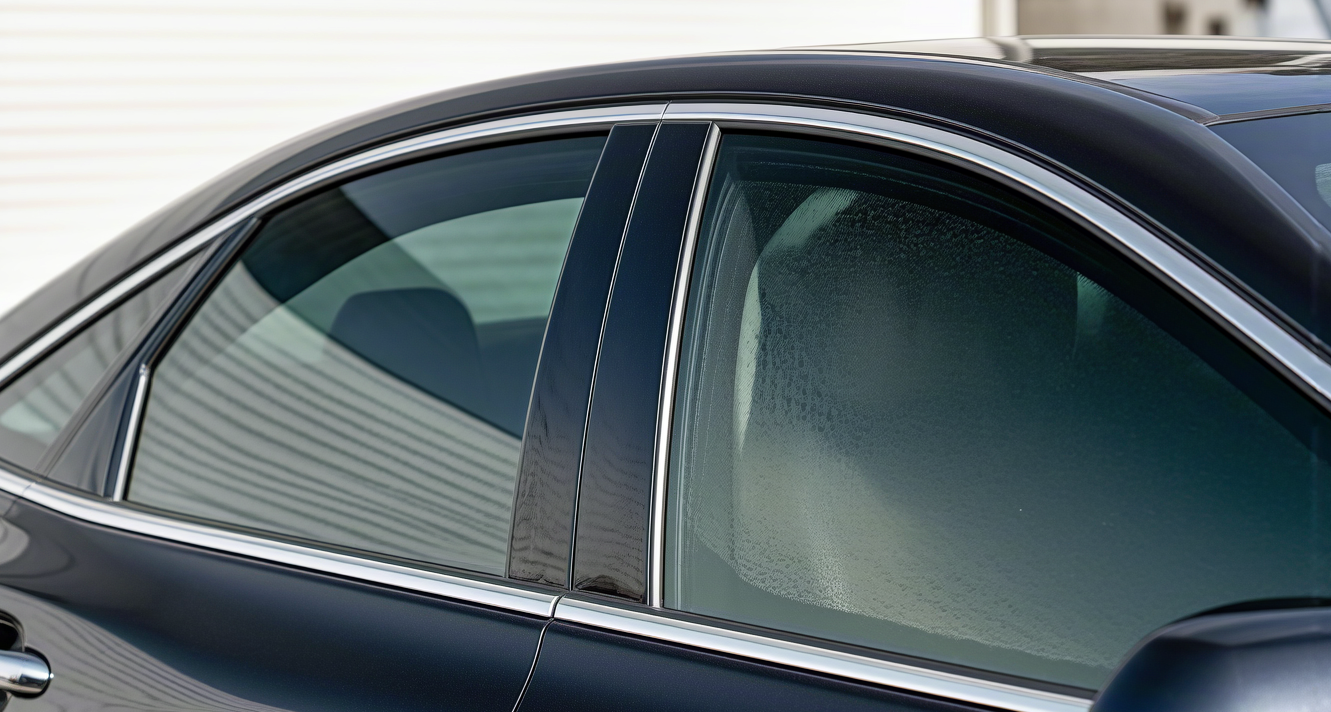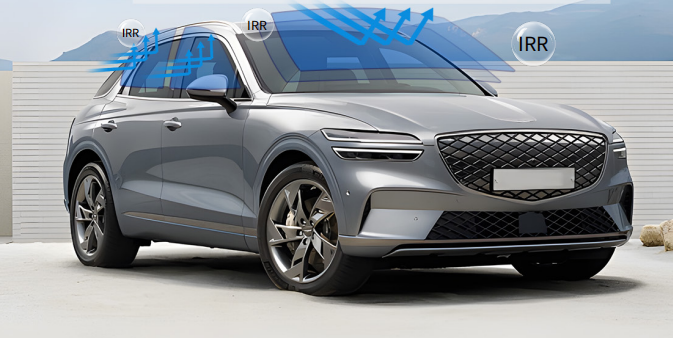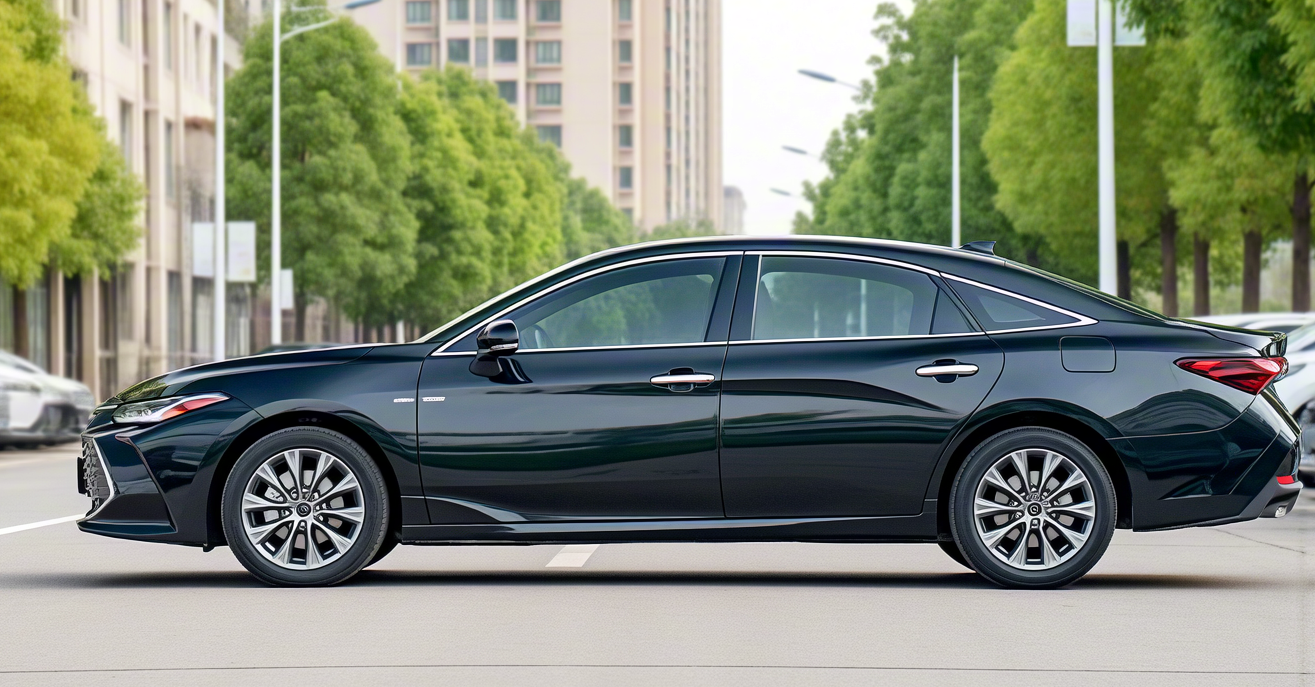

For drivers seeking to enhance their driving experience and protect their vehicle’s interior, automotive window films offer an innovative and practical solution. As these films grow in popularity, understanding the critical factors in selecting the right type—including UV protection, heat rejection, glare reduction, privacy, and local regulations—becomes essential .
Among the options, ceramic films and dyed films stand out as two leading choices. Ceramic films excel in performance, while dyed films attract users with affordability and deep-tone privacy .
Ceramic films leverage advanced nanotechnology to embed non-metallic, non-conductive ceramic particles into the film layers. This composition delivers advantages beyond traditional options:
Considerations:
Dyed films use a layer of dye sandwiched between adhesive and protective coatings, providing a non-reflective, dark appearance:
Limitations:

In summary, ceramic films outperform in heat rejection, UV protection, and longevity but come at a higher cost. Dyed films offer an economical entry point with aesthetic flexibility but compromise on durability and efficiency. Your choice ultimately hinges on balancing performance needs with budget considerations.
As a pioneer in nano-ceramic technology, KASHIBANG invites strategic collaborations through:
Access to 15 yearsof R&D and a 3,000+ vehicle intelligence database
Full ecosystem support: automated cutting tech, certified training, marketing assets.
Email: ksb0703@kashibang.com
Responses within 24 hours | Bilingual Support (EN/CN)

No.6, Dongjiang Road, Eastward, Zhongtang Town, Dongguan, Guangdong



© Copyright 2022-KSB